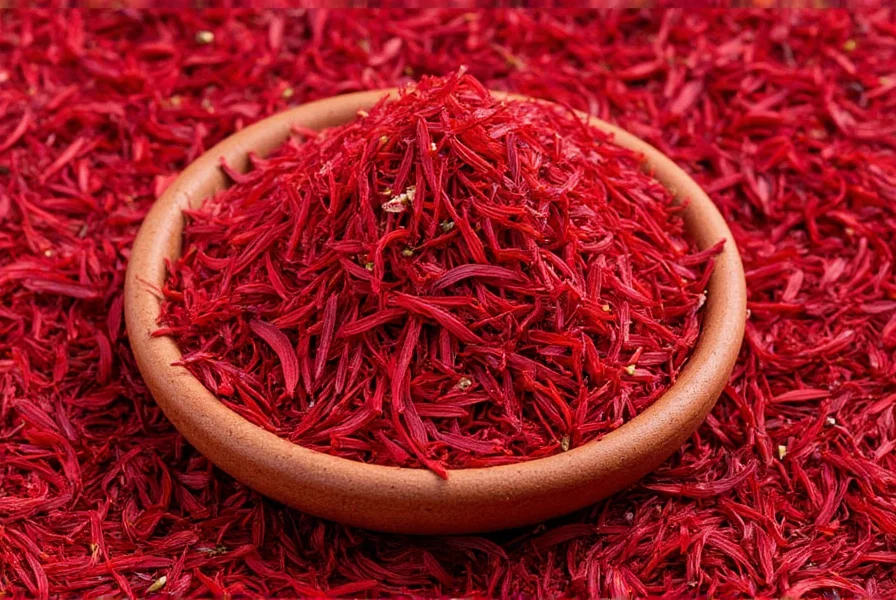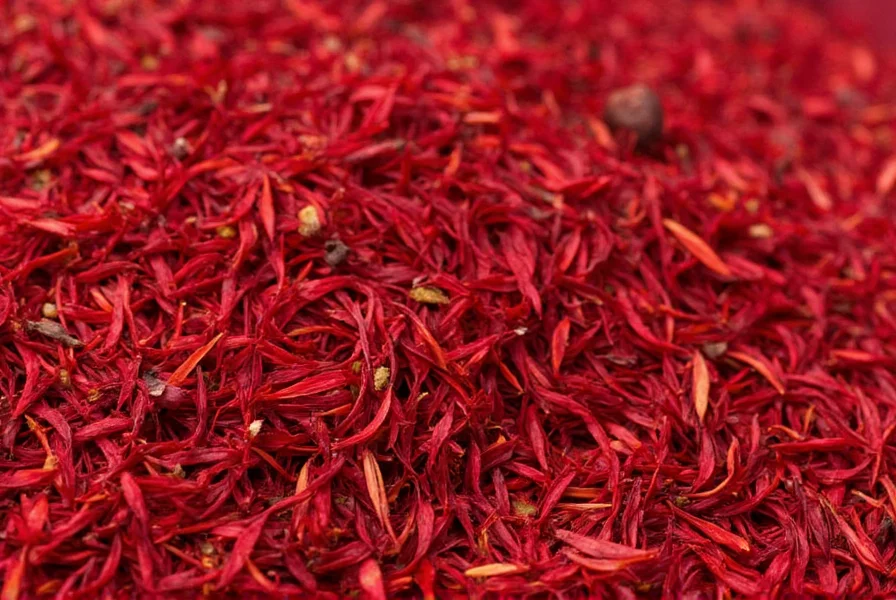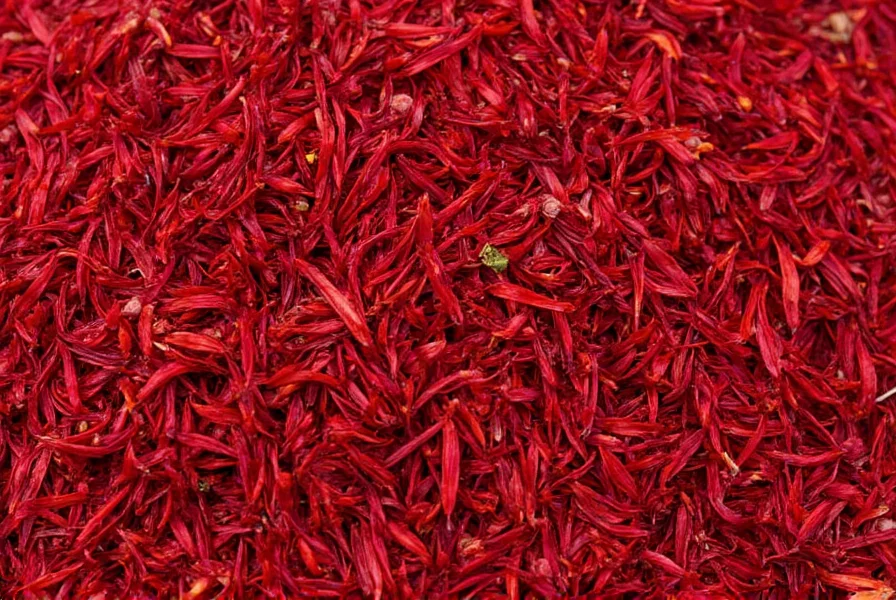Saffron, often misspelled as "saffon," represents one of history's most prized culinary ingredients. This golden spice has maintained its status as the world's most expensive seasoning for centuries due to the incredibly labor-intensive harvesting process. Each crocus flower produces only three stigmas, which must be carefully hand-picked during a brief autumn blooming period.
Understanding Saffron's Botanical Origins
The Crocus sativus plant, commonly known as the saffron crocus, belongs to the iris family. Unlike many flowering plants, this particular crocus variety doesn't produce seeds and reproduces exclusively through manual bulb division. The valuable components of the plant are the three crimson stigmas found inside each purple flower. These thread-like structures contain the compounds responsible for saffron's distinctive color, flavor, and aroma.

Why Saffron Commands Premium Prices
The extraordinary cost of saffron stems directly from its harvesting requirements. Consider these production facts:
| Production Element | Requirement | Time Investment |
|---|---|---|
| Flowers needed per pound | 75,000 | N/A |
| Stigmas per flower | 3 | N/A |
| Harvesting window | 2-3 weeks annually | Pre-dawn hours only |
| Processing time per pound | N/A | 40+ hours |
Harvesting occurs exclusively at dawn when the flowers are still closed, protecting the delicate stigmas. Workers must complete the entire process—from picking to stigma extraction—within one day to preserve quality. This intensive labor explains why genuine saffron typically costs between $500-$5,000 per pound, depending on quality grade.
Identifying Authentic Saffron
Unfortunately, saffron's high value makes it a frequent target for adulteration. When learning how to identify real saffron versus fake saffron, consider these verification methods:
- Visual inspection: Authentic threads should be deep red with orange tips, never uniformly colored
- Water test: Place threads in warm water—real saffron gradually releases golden-yellow color without immediate dissolution
- Aroma assessment: Genuine saffron emits a hay-like, floral fragrance with subtle metallic notes
- Texture evaluation: High-quality threads feel slightly moist and brittle, not powdery
Understanding saffron quality grades helps consumers make informed purchases. The ISO 3632 standard classifies saffron into categories based on crocin (color), picrocrocin (taste), and safranal (aroma) content. Category I represents the highest quality with strongest coloring strength.
Culinary Applications of Premium Saffron
Chefs worldwide prize saffron for its ability to transform ordinary dishes into extraordinary culinary experiences. Proper usage techniques maximize its potential:
- Always crush threads before use to release flavor compounds
- Steep in warm liquid (not hot) for 15-20 minutes before adding to recipes
- Use sparingly—a pinch (about 20 threads) suffices for most dishes serving 4-6 people
- Add during the final cooking stages to preserve volatile aromatic compounds
Traditional dishes featuring saffron include Spanish paella, Italian risotto alla Milanese, Persian tahdig, and Swedish saffron buns. The spice pairs exceptionally well with rice, seafood, poultry, and creamy sauces. When substituting saffron in recipes, turmeric provides color but lacks the distinctive flavor profile.
Proper Saffron Storage Techniques
Maintaining saffron's quality requires careful storage. Exposure to light, moisture, or air rapidly degrades its compounds. Follow these preservation methods:
- Store in an airtight container away from direct light
- Maintain consistent cool temperatures (below 70°F/21°C)
- Keep away from strong-smelling foods that might affect aroma
- Whole threads retain quality longer than powdered saffron
- Properly stored saffron maintains peak quality for 2-3 years

Common Saffron Misconceptions
Several myths persist about this valuable spice. Clarifying these points helps consumers make informed decisions:
Contrary to popular belief, saffron doesn't cause immediate color changes in liquids—it gradually releases color over minutes. The spice contains minimal calories and functions primarily as a flavoring agent rather than nutritional supplement. While traditional medicine attributes various health benefits to saffron, scientific evidence remains limited for most therapeutic claims.
When purchasing saffron, remember that extremely low prices almost always indicate adulterated product. Genuine saffron's production costs simply cannot support bargain pricing. Consumers seeking authentic saffron should look for reputable suppliers who provide origin information and quality certifications.
What's the difference between saffron and safflower?
Saffron comes from Crocus sativus stigmas and provides distinctive flavor and golden color. Safflower (Carthamus tinctorius) is a different plant whose petals produce color but lack saffron's unique flavor compounds. Safflower is sometimes sold as "poor man's saffron" but cannot replicate authentic saffron's culinary properties.
How much saffron should I use in recipes?
A standard serving requires just 15-20 threads (about 0.05 grams) for dishes serving 4-6 people. Saffron's potency means a little goes a long way—using too much creates bitter, medicinal flavors. Always crush threads and steep in warm liquid before adding to recipes for optimal flavor extraction.
Why does saffron sometimes appear orange instead of red?
High-quality saffron shows color variation—deep red stigmas with orange or yellow tips. Uniformly red threads often indicate artificial coloring. The orange tips contain different concentrations of crocin compounds responsible for saffron's coloring properties. Authentic saffron should never appear bright red throughout.
Can I grow saffron at home?
Yes, but with significant limitations. Saffron crocus requires specific growing conditions—well-drained soil, full sun, and distinct seasonal temperature changes. Each bulb produces just one flower annually, making home cultivation impractical for meaningful harvests. A typical home garden might yield enough saffron for one or two recipes per season.
How can I verify saffron authenticity at home?
Perform the water test: Place 5-6 threads in warm water. Authentic saffron gradually releases golden-yellow color over 15-20 minutes while maintaining thread integrity. Fake saffron made from substitutes like marigold dissolves immediately or produces unnaturally bright yellow/orange water. Real saffron threads should feel slightly moist and brittle, not powdery.











 浙公网安备
33010002000092号
浙公网安备
33010002000092号 浙B2-20120091-4
浙B2-20120091-4